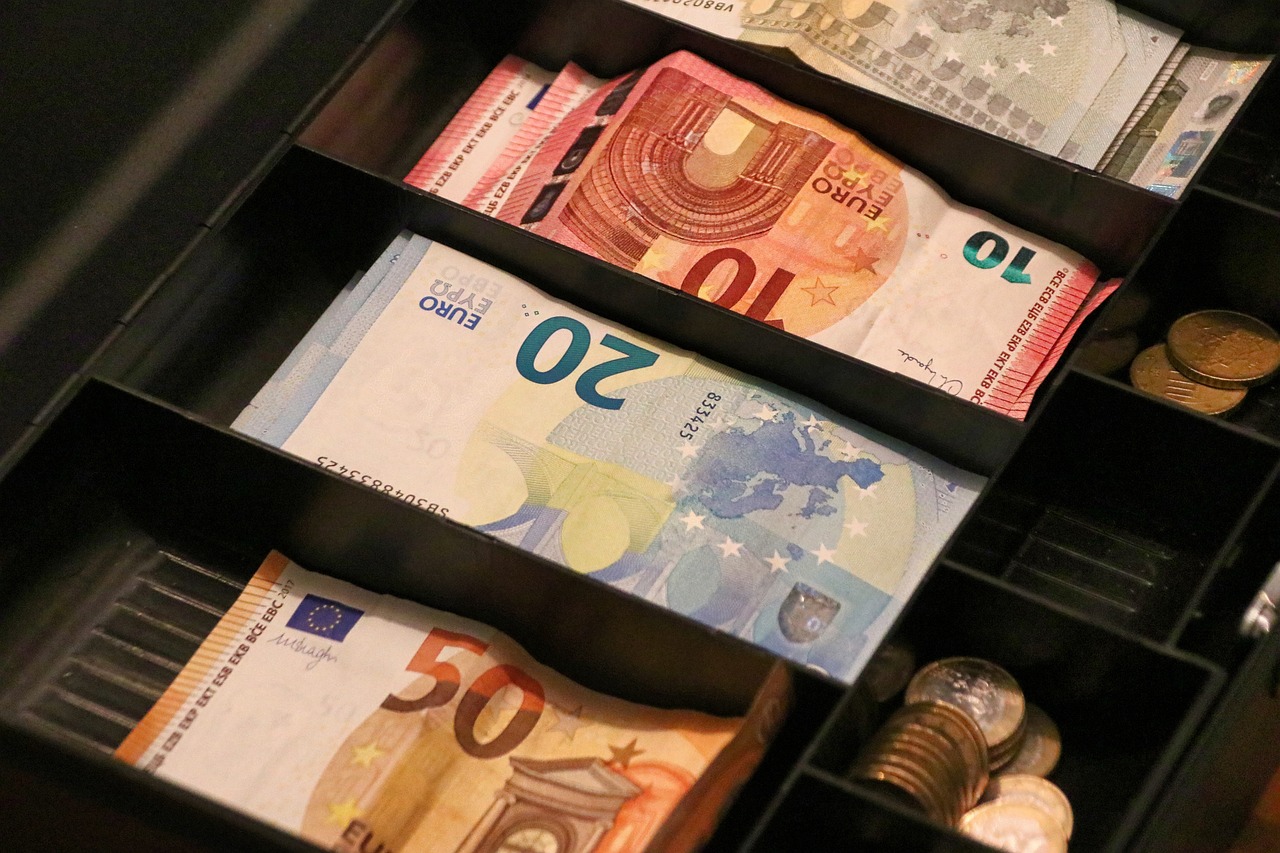USD to AED Exchange Rate: How Central Bank Policies and Economic Factors Shape the UAE Currency Value
GPT_Global - 2025-10-30 21:30:40.0 6
How do central bank policies in the US influence the exchange rate between USD and AED?
Central bank policies in the United States play a key role in shaping the exchange rate between the US Dollar (USD) and the UAE Dirham (AED). Since the AED is pegged to the USD at a fixed rate, changes in US monetary policy directly affect the value and stability of this exchange relationship. When the Federal Reserve raises interest rates, the USD tends to strengthen globally, leading to tighter liquidity and higher remittance costs for people sending money to the UAE.
Conversely, when the Federal Reserve lowers interest rates or implements quantitative easing, the USD may weaken slightly, making remittances more favorable for expatriates transferring funds to AED accounts. These policy shifts also influence foreign investment flows and inflation expectations in both countries.
For remittance businesses, understanding US central bank actions is vital for pricing strategies and customer guidance. Offering competitive exchange rates and timely transfer options can help customers save money during periods of market volatility. Staying informed about Federal Reserve announcements ensures remittance providers can adapt quickly, enhancing trust and customer satisfaction in the global money transfer industry.

Can I avoid exchange rate fees when converting US dollars to AED in the UAE?
```htmlWhen sending money from the US to the UAE, understanding how to avoid exchange rate fees is essential for maximizing the value of your remittance. The exchange rate for converting US dollars (USD) to UAE dirhams (AED) can vary significantly, and some services charge hefty fees for currency conversion.
One effective way to avoid these fees is to use a remittance service that offers competitive exchange rates and low or no fees on currency conversions. Many online platforms and mobile apps allow you to send money directly to recipients in AED, often offering better rates than traditional banks or money transfer services.
Additionally, some remittance providers offer zero-fee transfers for specific amounts or promotional deals. It’s also important to check whether the exchange rate is fixed or fluctuates during the transfer process, as this can impact the final amount received by your recipient in the UAE.
Choosing the right provider can save both time and money. By researching and comparing rates and fees, you can ensure a cost-effective transfer of US dollars to AED with minimal charges.
```How does the UAE’s fixed exchange rate system benefit the economy?
The United Arab Emirates (UAE) has adopted a fixed exchange rate system, pegging the dirham to the US dollar, which plays a crucial role in stabilizing its economy. This system enhances confidence among international investors and businesses by providing predictability in currency values.
For the remittance business, this fixed exchange rate offers significant benefits. First, it reduces currency risk, ensuring that remittance senders and recipients are not affected by fluctuating exchange rates. This stability encourages people to send money to the UAE, knowing that their funds will maintain their value.
Moreover, the fixed exchange rate system boosts economic growth, which is vital for remittance services. A stable economy often leads to increased employment opportunities, rising incomes, and a growing demand for remittance services. Expats and migrants in the UAE are more likely to send money home as their earnings are more stable and predictable.
In conclusion, the UAE’s fixed exchange rate system benefits the economy and the remittance industry by providing stability, boosting confidence, and promoting economic growth. This creates a more reliable environment for both businesses and individuals who depend on remittances.
How can fluctuations in the USD to AED rate affect UAE-based expatriates’ remittances?
Fluctuations in the USD to AED exchange rate can have a significant impact on the remittances sent by expatriates living in the UAE. As the exchange rate fluctuates, it directly affects the amount of local currency recipients in the home country will receive, which may either increase or decrease based on whether the USD strengthens or weakens against the AED.
For UAE-based expatriates, a favorable USD to AED rate (when the USD is stronger) means that more of the local currency will be sent home for the same amount of USD. This could lead to increased financial support for families, particularly in countries where the exchange rate plays a crucial role in daily living expenses. On the other hand, if the USD weakens, expatriates may find that their remittances are worth less in the recipient country, potentially causing financial strain.
Understanding these fluctuations is vital for expatriates who regularly send money home. By monitoring exchange rates, they can time their transfers for when the rate is more favorable, maximizing the value of their remittances. Remittance businesses that offer tools for real-time exchange rate monitoring can be invaluable in helping expatriates navigate these fluctuations.
What would happen to the UAE economy if the USD to AED exchange rate were to change drastically?
The UAE's economy is heavily reliant on its pegged currency, the AED (Arab Emirate Dirham), which is tied to the USD (United States Dollar) at an exchange rate of approximately 3.67 AED to 1 USD. A drastic shift in this exchange rate could have significant consequences for the economy, particularly in sectors like trade, tourism, and remittance.
If the USD to AED exchange rate were to change drastically, import costs would rise or fall, directly impacting businesses that rely on foreign goods. This could lead to inflation or deflation, affecting consumer spending and overall economic stability.
The remittance sector could face disruptions as well. If the AED weakens against the USD, expatriates sending money home would find that their remittance value decreases, reducing the purchasing power of recipients in their home countries. Conversely, a stronger AED could encourage more remittance inflows as sending money would become cheaper for UAE residents.
In conclusion, drastic fluctuations in the USD to AED exchange rate would impact many facets of the UAE economy, with the remittance sector being one of the most affected. Businesses in the remittance industry must stay vigilant to such changes to ensure continued profitability and customer satisfaction.
How can travelers find the most favorable USD to AED exchange rates?
Travelers often seek the most favorable exchange rates when converting USD to AED, especially when remitting funds or preparing for travel. The right exchange rate can significantly impact the amount of local currency received, making it crucial to find the best deal.
To get the best USD to AED rates, it's important to compare multiple exchange providers. Remittance businesses often offer competitive rates and low fees, especially when sending money to family or friends in the UAE. Checking exchange rate websites, mobile apps, or visiting a local exchange service can help find the most favorable options.
Another key tip is to avoid exchanging money at airports or tourist hotspots where rates are usually less favorable. Instead, opt for remittance services or online platforms that offer transparent rates with minimal markup. Additionally, monitoring rates regularly can help you make your exchange when rates are at their peak.
Ultimately, choosing a reliable remittance business with great exchange rates and low fees can help travelers and remitters maximize their USD to AED conversion. This strategy ensures the recipient gets more value for their money.
What is the difference between buying and selling exchange rates for USD to AED?
When it comes to remittances, understanding the difference between buying and selling exchange rates is crucial for both senders and recipients. In the case of USD to AED, the buying rate refers to the price at which a bank or remittance service buys USD from customers. In contrast, the selling rate is the rate at which they sell USD to customers who want to exchange their AED for USD.
For instance, if you're sending money from the U.S. to the UAE, the buying rate will typically be lower than the selling rate. This means when you convert USD to AED, you'll receive a slightly lower amount of AED due to the spread between the buying and selling rates. The difference between these rates is how remittance services make a profit.
For those looking to send money to family or friends in the UAE, it’s important to check both rates to ensure you are getting the best deal. Understanding this dynamic can help you save on fees and ensure that your remittance goes as far as possible.
How can economic conditions in both the US and UAE cause short-term changes in the USD to AED rate?
Economic conditions in both the US and UAE play a significant role in determining the USD to AED exchange rate, particularly in the context of remittance businesses. In the short term, fluctuations in the economy of either country can impact the value of the US Dollar (USD) against the UAE Dirham (AED), directly affecting the cost and efficiency of international money transfers.
For instance, changes in the US Federal Reserve's interest rates, inflation, and employment data can influence the strength of the USD. If the US economy strengthens, the USD may appreciate, leading to higher conversion rates for remittance businesses. Conversely, if the US faces economic challenges, the USD might depreciate, making remittance costs lower for recipients in the UAE.
Similarly, factors like oil prices, trade balances, and economic growth in the UAE can also impact the AED’s value. A booming UAE economy or rising oil prices can strengthen the Dirham, leading to fluctuations in the exchange rate. For remittance companies, staying updated on these economic indicators is essential to providing competitive exchange rates for their customers.
About Panda Remit
Panda Remit is committed to providing global users with more convenient, safe, reliable, and affordable online cross-border remittance services。
International remittance services from more than 30 countries/regions around the world are now available: including Japan, Hong Kong, Europe, the United States, Australia, and other markets, and are recognized and trusted by millions of users around the world.
Visit Panda Remit Official Website or Download PandaRemit App, to learn more about remittance info.



